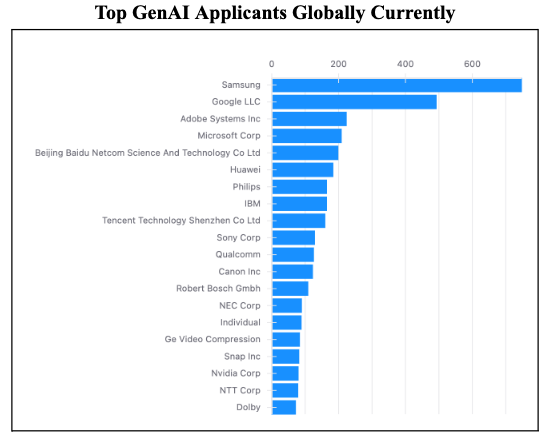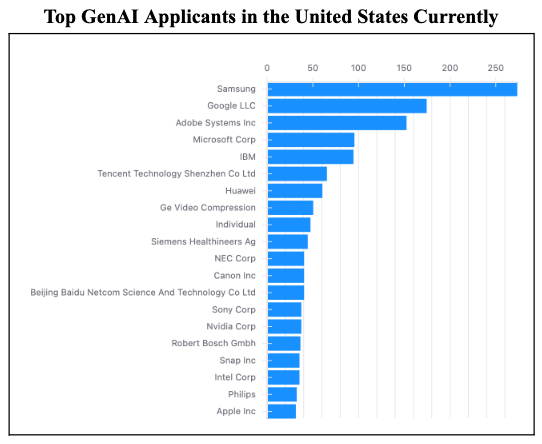Brattle calculated royalty rates on Wi-Fi using two independent observations. First, using court-established global RAND rates for Wi-Fi 4 (such as the 2013 Innovatio case) as a benchmark, taking into account incremental technological improvements in Wi-Fi 6/6E, declining production costs, current and evolving use case demands, and balanced bargaining theory, they concluded rates should be steadily declining. Second, a negotiated Wi-Fi 6/6E license between a licensor and a major hardware manufacturer. Both methods accounted for objective patent quality using court accepted measures such as adjusted patent forward citations. Unified’s OPAL analytics, which includes the world’s largest training set of manually evaluated Wi-Fi patents, was used to identify the individual SEPs in the landscape. In addition, Brattle calculated the stand-alone value of TWT.
For its report, Brattle interviewed industry participants and did independent research. It found Wi-Fi 4’s capabilities are sufficient for data-intensive use cases like video, gaming, and most virtual reality (“VR”). Brattle noted producer prices and consumer prices have been flat or falling for over a decade while computing and communications performance has improved by a factor of over 50 times.
The report is designed to be used for a top-down analysis of Wi-Fi RAND rates. Together with Unified’s OPAL analytics, the report can be used to calculate the RAND rate of any patent portfolio for Wi-Fi devices based on their capability requirements as well as for individual Wi-Fi capabilities. The report and OPAL provide Wi-Fi implementers a better understanding of the value of an asserted portfolio and enables them to make RAND counter offers in good faith. OPAL also enables the identification of individual patents in an asserted portfolio and provides a suite of quality metrics such as ML-based semantic similarity scoring and geographic and reputational value, forward citation, claim breadth, and statistical validity indexes.
The full report is available exclusively through Unified Patents. In addition to economic reports, Unified provides Objective Patent Landscapes (OPAL) for many standards, including Wi-Fi 6, with the world’s largest human evaluated training set, 3GPP LTE and 5G, HEVC, AVC, and others. Unified’s standard submission database, OPEN, allows users to access all contributions to major standards such as 3GPP, MPEG, IEEE, and IETF.
Download Unified Consulting’s Wi-Fi Economic Report slides presented at this year’s Corporate IP Strategy Conference in November.














